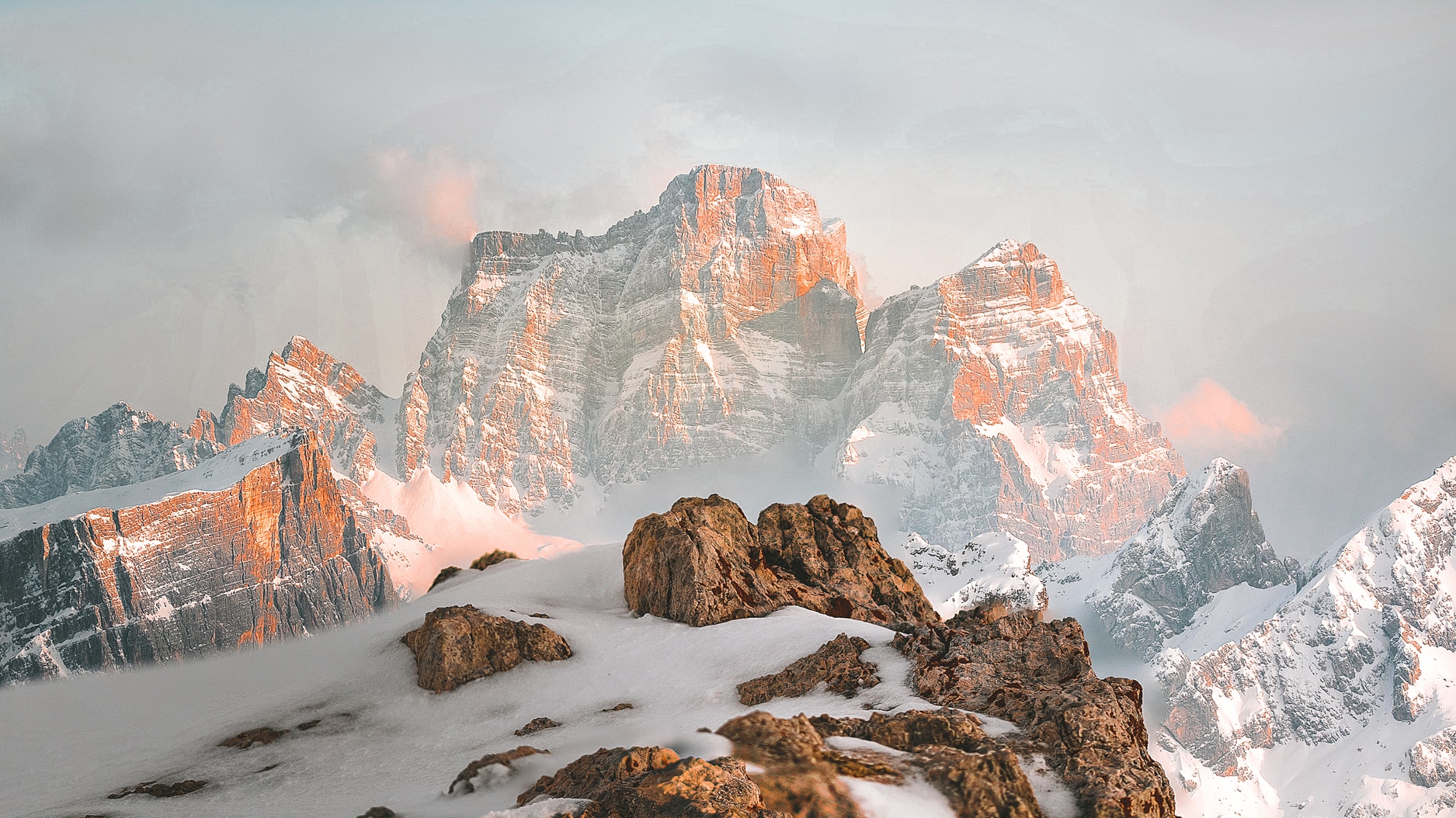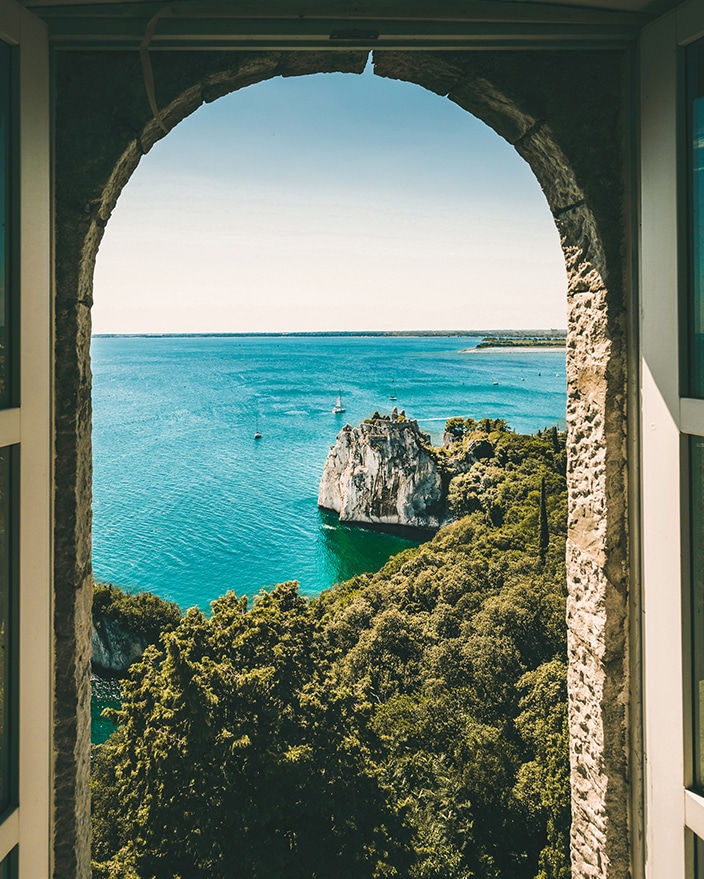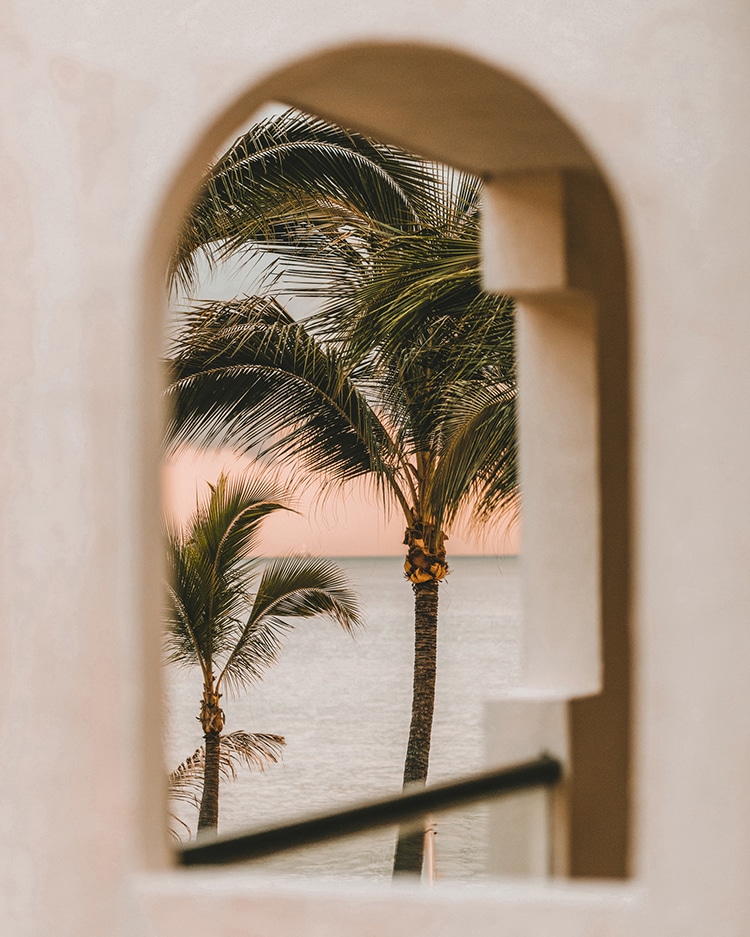Landscape photography is a captivating art form that allows us to capture the beauty and significance of the world around us. Whether it’s the grandeur of mountains, the serenity of lakes, or the vibrant colors of a sunset, outdoor pictures have the power to transport us to breathtaking locations and evoke a sense of awe and wonder. In this blog post, we’ll delve into the secrets of landscape photography and explore techniques that will help you master the art of capturing stunning outdoor shots.
Table of Contents
- The Beauty and Significance of Outdoor Photos
- Essential Equipment for Outdoor Photography
- Understanding Light and Composition in Landscape Photography
- Tips for a Successful Outdoor Photoshoot
- Capturing the Essence of Nature: Simple Landscape Photography Techniques
- Enhancing Your Outdoor Photography Skills: Advanced Tips and Tricks
- Exploring Different Locations for Outdoor Shoots
- Outdoor Photography Gear and Accessories
- Editing and Post-Processing Techniques for Outdoor Photos
- Final Thoughts
The Beauty and Significance of Outdoor Pictures
Outdoor pictures have a unique ability to showcase the splendor and diversity of our natural world. They provide us with a glimpse into landscapes that are often remote and inaccessible, allowing us to appreciate the wonders of our planet. Through landscape photography, we not only capture visually striking images but also convey the importance of preserving these natural environments for future generations. Each photograph tells a story and serves as a reminder of the beauty and fragility of our world.
Essential Equipment for Outdoor Photography
To embark on your journey as a landscape photographer, you will need to invest in some essential equipment. First and foremost, a high-quality camera with manual controls will allow you to have full creative control over your images. Additionally, investing in a sturdy tripod will ensure stability and sharpness in your outdoor shots. Other important accessories include a wide-angle lens to capture the vastness of landscapes, a polarizing filter to reduce glare and enhance colors, and a remote shutter release to minimize camera shake. Carrying a backpack to store and protect your gear is also crucial when venturing into the great outdoors.
Understanding Light and Composition in Landscape Photography
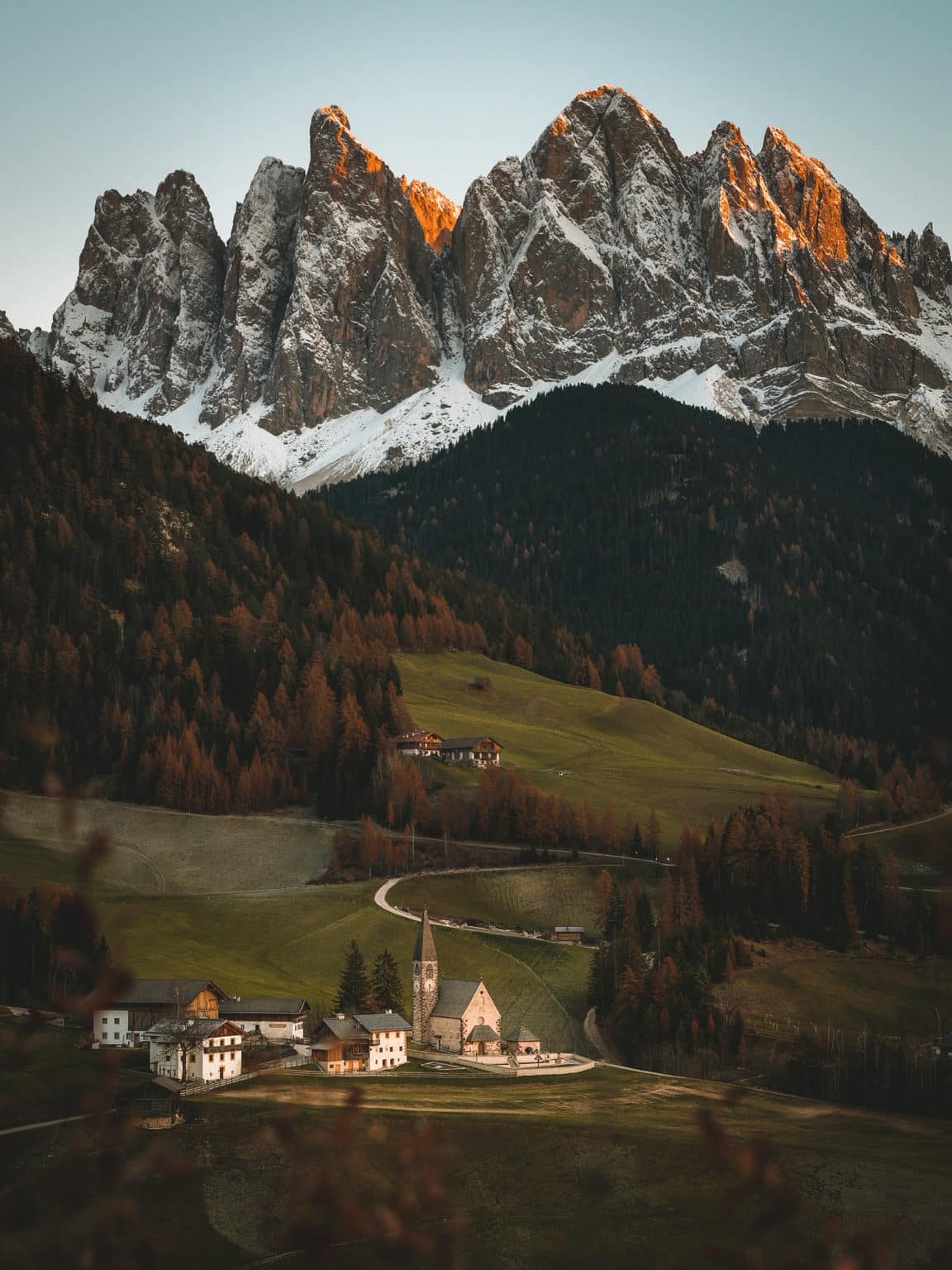
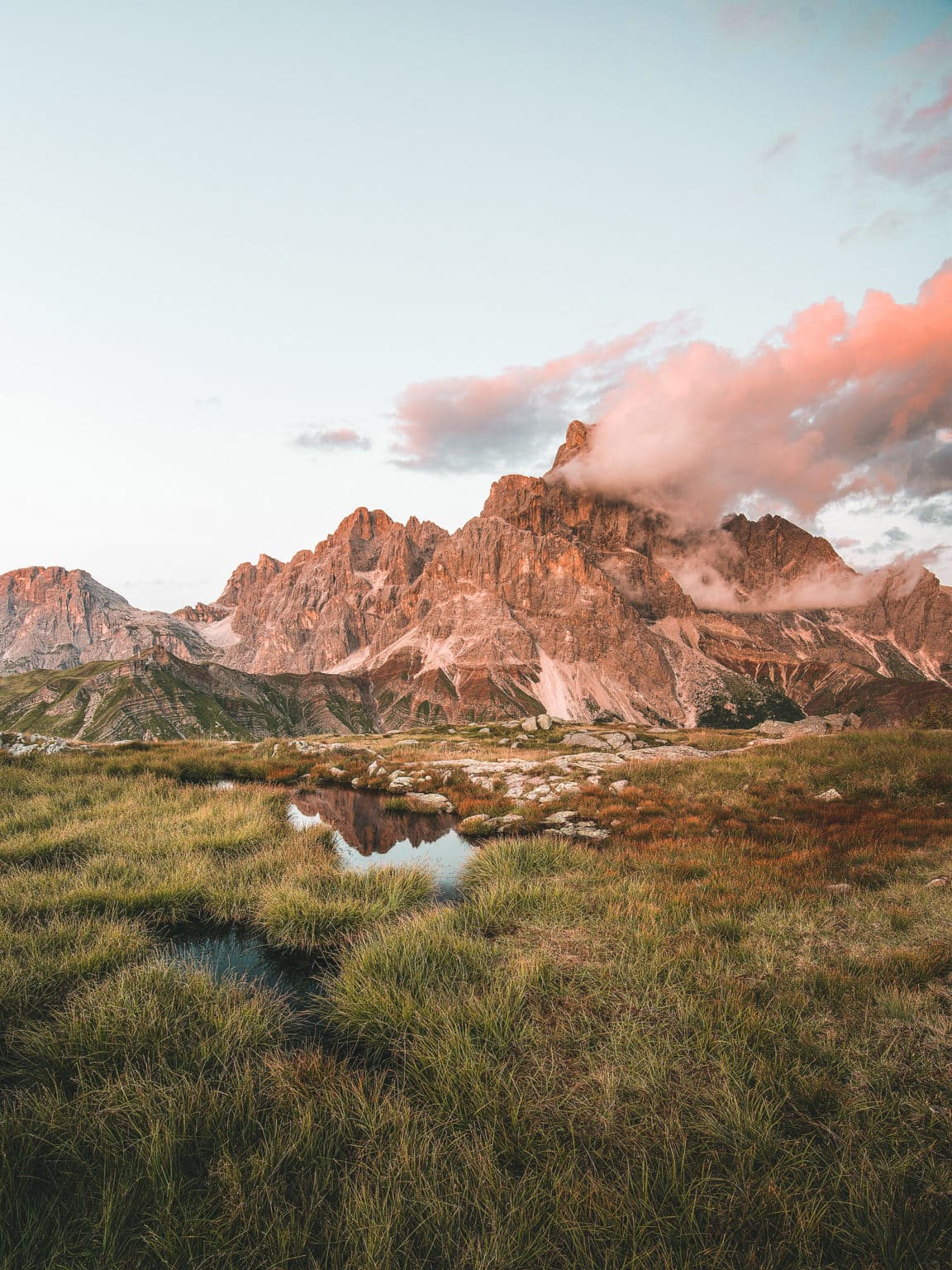
Light is a fundamental element in photography, and mastering its use is essential for capturing stunning landscape images. The golden hours, which occur shortly after sunrise and before sunset, offer the most favorable lighting conditions. During these times, the soft and warm light casts a magical glow on the landscape, enhancing textures and colors. Additionally, paying attention to the direction of light can create dramatic shadows and highlights, adding depth and dimension to your photographs.
Composition plays a crucial role in nature landscape photography as well. The rule of thirds is a popular guideline that suggests dividing the frame into a grid of nine equal parts and placing the main subject or points of interest along these lines or at their intersections. This technique creates a visually pleasing and balanced composition. Leading lines, such as a winding path or a river, can draw the viewer’s eye into the image and create a sense of depth. Finally, incorporating foreground elements, like rocks or flowers, adds interest and helps create a sense of scale in your outdoor pictures.
Tips for a Successful Outdoor Photoshoot
Planning and preparation are key to a successful outdoor photoshoot. Before heading out, research your destination to determine the best time of year, weather conditions, and potential points of interest. Check the sunrise and sunset times to make sure you arrive early enough to capture the magical light of the golden hour. It’s also important to dress appropriately for the weather and terrain, as outdoor photography often involves hiking and being exposed to the elements.
When on location, take your time to explore and familiarize yourself with the surroundings. Look for unique perspectives and viewpoints that will make your images stand out. Experiment with different camera settings, such as aperture and shutter speed, to achieve the desired effect. Patience is crucial in landscape photography, as you may need to wait for the perfect moment or for the weather conditions to align. Remember to take breaks and enjoy the experience, as being present in the moment will help you connect with your subject and create more impactful photographs.
